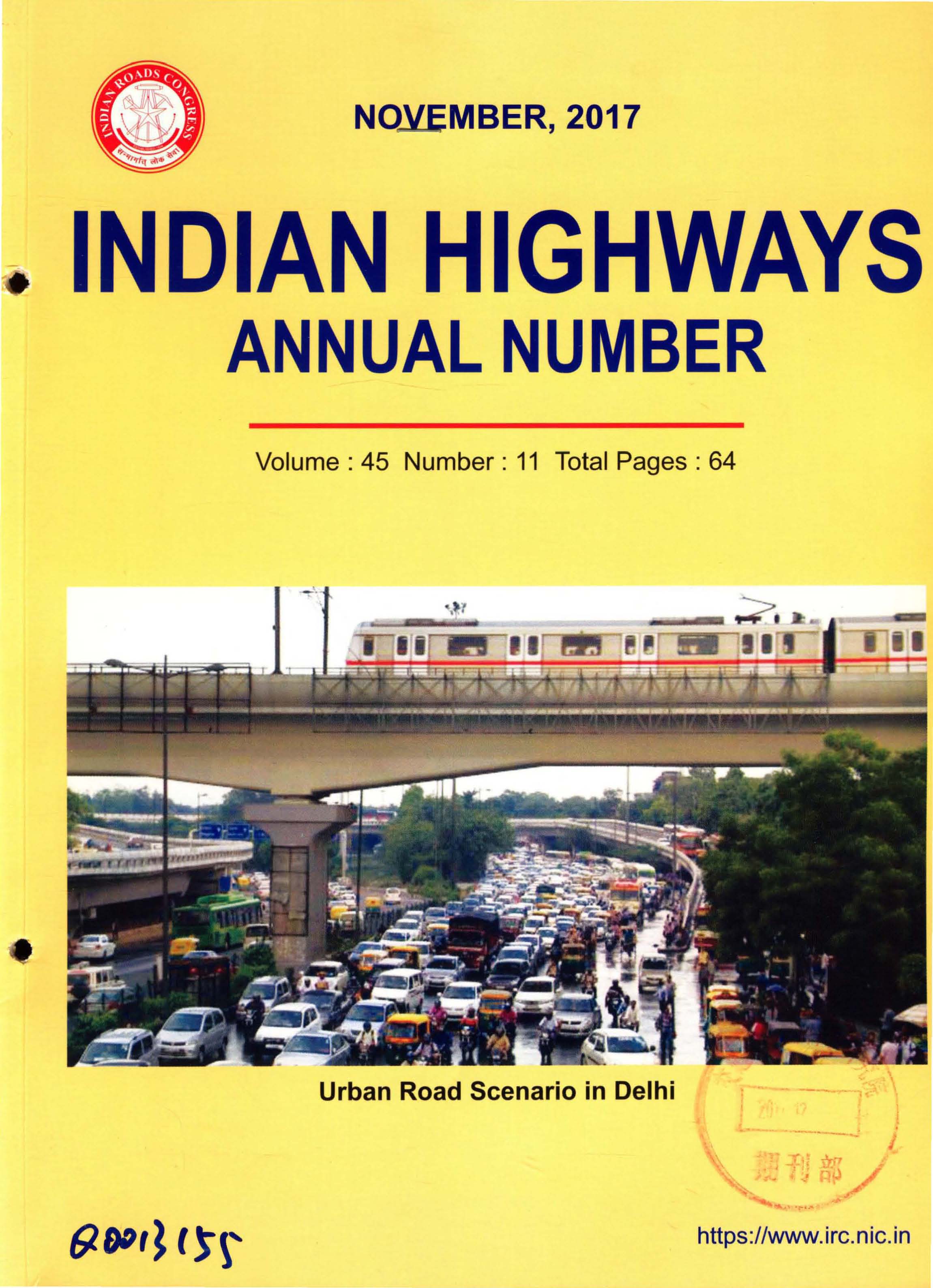[国外交通期刊数据库]
作者:MUKTI ADVANI;NIRAJ SHARMA
摘要:Worldwide air pollution from the vehicles have been identified as the one of the major contributors of air pollution in various urban centres of the world specially in less industrialised countries like India. Delhi, the capital city of India, has been experiencing exponential growth in the motorized vehicle population which has increased from ~4.3 million in the year 2005 to ~10.7 million in 2018. Among these ~80% of the vehicles are cars and motorised two wheelers. It is estimated that ~83% of CO, ~36% of NOx and ~20% of PM_(2.5) emissions are contributed by motor vehicles only. Further, the transportation sector is the third most GHG emitting sector in India, in which the road transportation sector is the major contributor contributing ~95% and ~53 % of total annual CO_2 and CO transport emissions. Recently, in order to control severe air pollution problem in Delhi, Government has taken several measures and also introduced emergency response plans in case of hazardous air pollution levels, particularly during winter months. Amongst various remedial measures/action plans, formulation of "National Clean Air Programme" (NCAP) and "Comprehensive Action Plan" (CAP) for Delhi and NCR are the major initiatives taken by the Government which amongst other measures also include infrastructure development for Non-Motorized Transport (NMT) at city and state level to improve air quality in various polluted cities in the country including Delhi. Even after known qualitative benefits of NMT friendly infrastructure, it is important to quantify such benefits to reclaim the road space and budget for various projects of transport sector. Further, for better decision making involving short and long term planning, segregated benefits for captive (existing) and potential users becomes important. The present study focuses on estimating benefits of providing NMT friendly infrastructure in terms of reduction in fuel consumption and corresponding vehicular emissions for Delhi. The study estimated the potential non-motorised trips by converting existing short length trips (trips < 6 km) made by Car and/or Motorised Two Wheelers into non-motorised trips. The study found ~14% reduction in fuel consumption and ~7-14% reduction in vehicular emission loads along with ~15% reduction in CO_2e.




